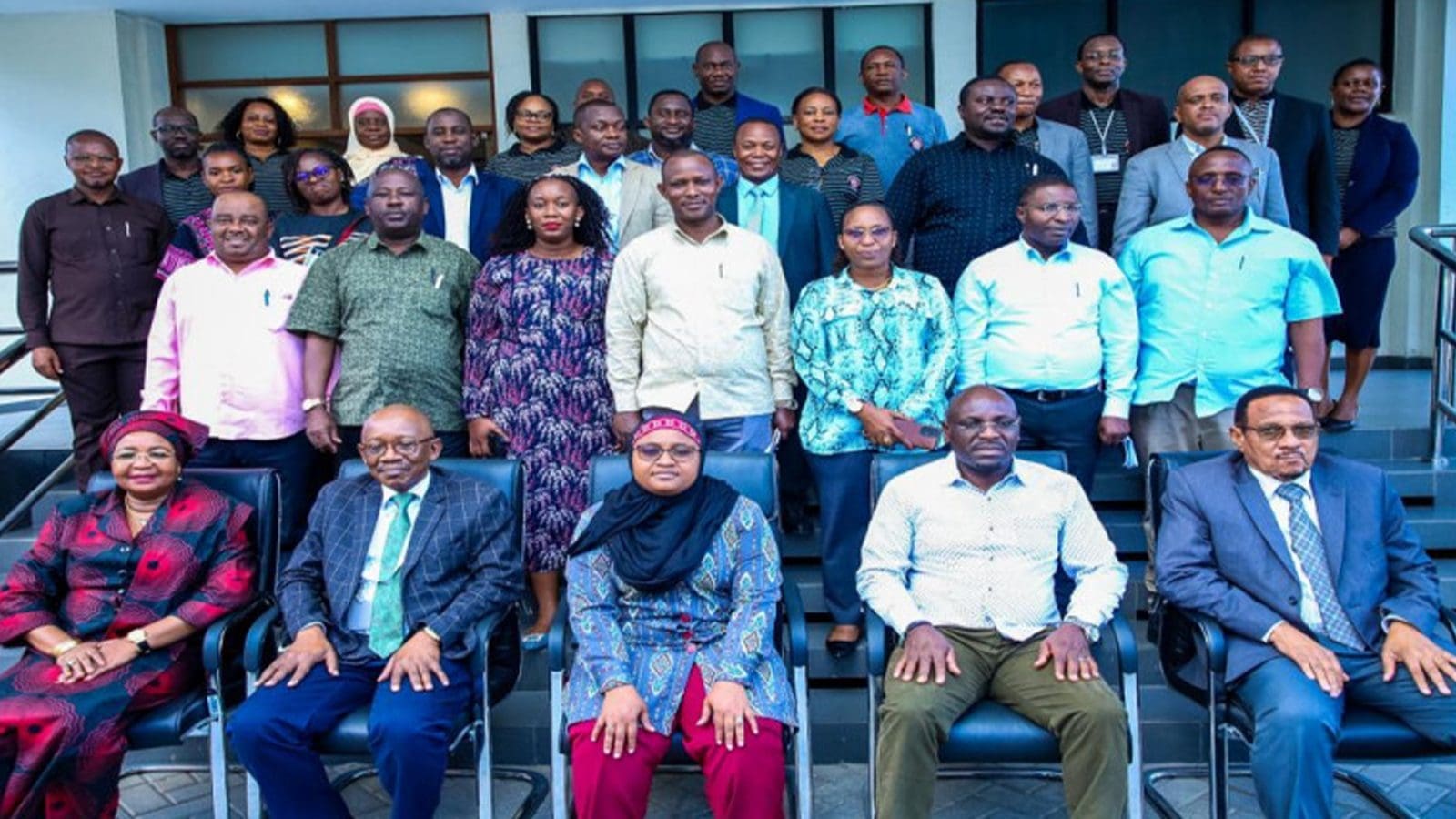AFRICA – Scientists have discovered a gene resistant to the cassava mosaic disease, giving prospect to the development of disease-resistant cassava varieties hence boosting food security.
In Sub-Saharan Africa, cassava is susceptible to a broad range of diseases of which cassava mosaic disease (CMD) is the most severe and widespread. CMD is caused by a group of viruses called geminiviruses.
CMD produces a variety of foliar symptoms that include mosaic, mottling, misshapen and twisted leaflets, and an overall reduction in size of leaves and plants
CMD-affected cassava plants produce few or no tubers depending on the severity of the disease and the age of the plant at the time of infection.
It is responsible for the loss of more than 80 per cent of cassava crops, a staple for over 800 million people in Sub-Saharan Africa.
According to the researchers, farmers in West Africa drew their attention to the theory after observing that while the majority of their cassava plants in the field had died as a result of the viral infection, a few plants survived.
“Understanding the genetic resources for resistance to geminiviruses is therefore important to secure yields for cassava farmers,” says Wilhelm Gruissem, one of the researchers that made the discovery documented in Nature Communications in July.
Gruissem, Professor of Plant Biotechnology at ETH Zurich, in Switzerland, told SciDev.Net that the cassava mosaic disease in Africa causes significant yield losses in Sub-Saharan Africa and is spreading to India and other parts or South East Asia.
Titus Alicai, a co-Author of the study and a Plant Virologist at the National Crops Resources Research Institute in Uganda, remarked that the finding means that the government can now develop and fund strategies to curb the disease.
“With the results, genetic markers which are tightly linked to cassava mosaic disease resistance can now be developed.
“This will make the selection of promising lines during new cassava variety development precise, efficient and timely by enabling DNA-based screening of large populations within a few months rather than a whole year at each stage,” he explained, adding that conventional breeding of new cassava varieties typically takes eight to ten years.
Alicai noted that policymakers can use the findings to develop or improve action plans for the control of other viral diseases ravaging cassava in Africa.
Cassava mosaic disease is responsible for the loss of more than 80 per cent of cassava crops, a staple for over 800 million people in Sub-Saharan Africa.
He believes that the results may trigger similar discoveries critical for controlling related viruses affecting other crops, reports SciDev.Net.
“Our results provide evidence that can inform policymakers’ decisions for increased funding support to science, technology and innovations for plant health management,” he said.
Of the same view is Alfred Dixon, Cassava Specialist at the International Institute of Tropical Agriculture in Nigeria, who said that 12 to 82 per cent of cassava is lost to cassava mosaic disease.
“This is excellent research that will further build resilience in the seed system of cassava. A do-nothing approach will mean that 800 million people’s livelihoods are in danger and may be jeopardized.
“Access to cassava mosaic disease-resistant varieties will lead to more yield and incomes in the pocket of farmers,” he told SciDev.Net.
Solomon Otu, a Plant Breeder at the University of Ghana-based West Africa Centre for Crop Improvement, also opined that the findings of the research could help strengthen the global cassava starch market and boost food security for millions of people.
Liked this article? Subscribe to Food Safety Africa News, our regular email newsletters with the latest news insights from Africa and the World’s food safety, quality and compliance. SUBSCRIBE HERE








